Bury My Heart at Wounded Knee: An Indian History of the American West - PDF
Bury My Heart at Wounded Knee: An Indian History of the American West - PDF
Tax included. No shipping required.
Couldn't load pickup availability
 389 Downloads - 694 Pages
389 Downloads - 694 Pages
 Multi-Device Compatibility
Multi-Device Compatibility
 24/7 Customer Service
24/7 Customer Service
The landmark, bestselling account of the crimes against American Indians during the 19th century, now on its 55th Anniversary.
First published in 1970, Bury My Heart at Wounded Knee is Dee Brown's eloquent, meticulously documented account of the systematic destruction of American Indians during the second half of the nineteenth century. A national bestseller in hardcover for more than a year after its initial publication, it has sold almost four million copies and has been translated into seventeen languages. It was the basis for the 2007 movie of the same name from HBO films.
Using council records, autobiographies, and firsthand descriptions, Brown introduces readers to great chiefs and warriors of the Dakota, Ute, Sioux, Cheyenne, and other tribes, revealing in heart-wrenching detail the battles, massacres, and broken treaties that methodically stripped them of freedom. The New York Times called it "Original, remarkable, and finally heartbreaking... Impossible to put down."
A forceful narrative still discussed today as revelatory and controversial, Bury My Heart at Wounded Knee permanently altered our understanding of how the American West came to be defined.
This is a PDF version, not a hardcover book!
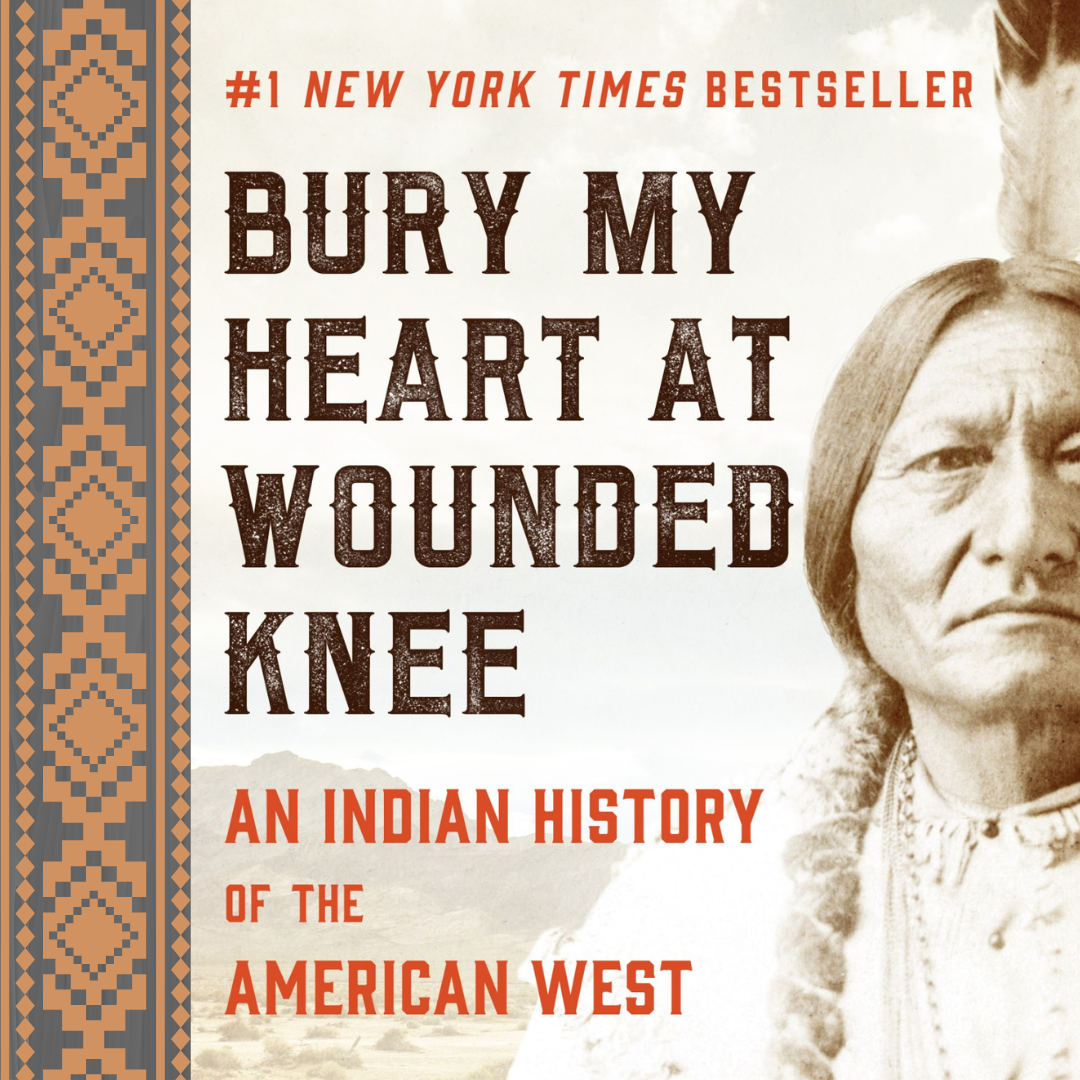
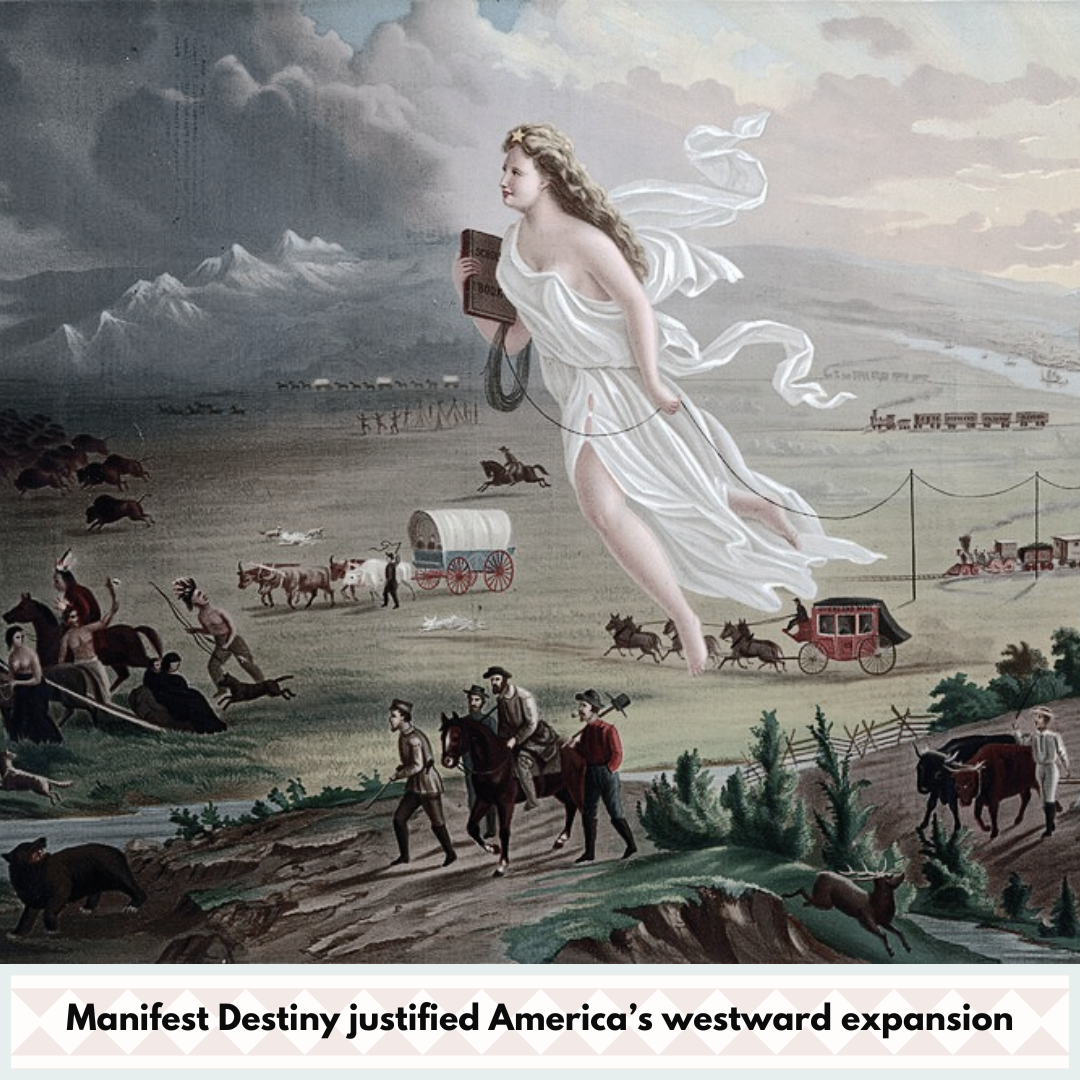
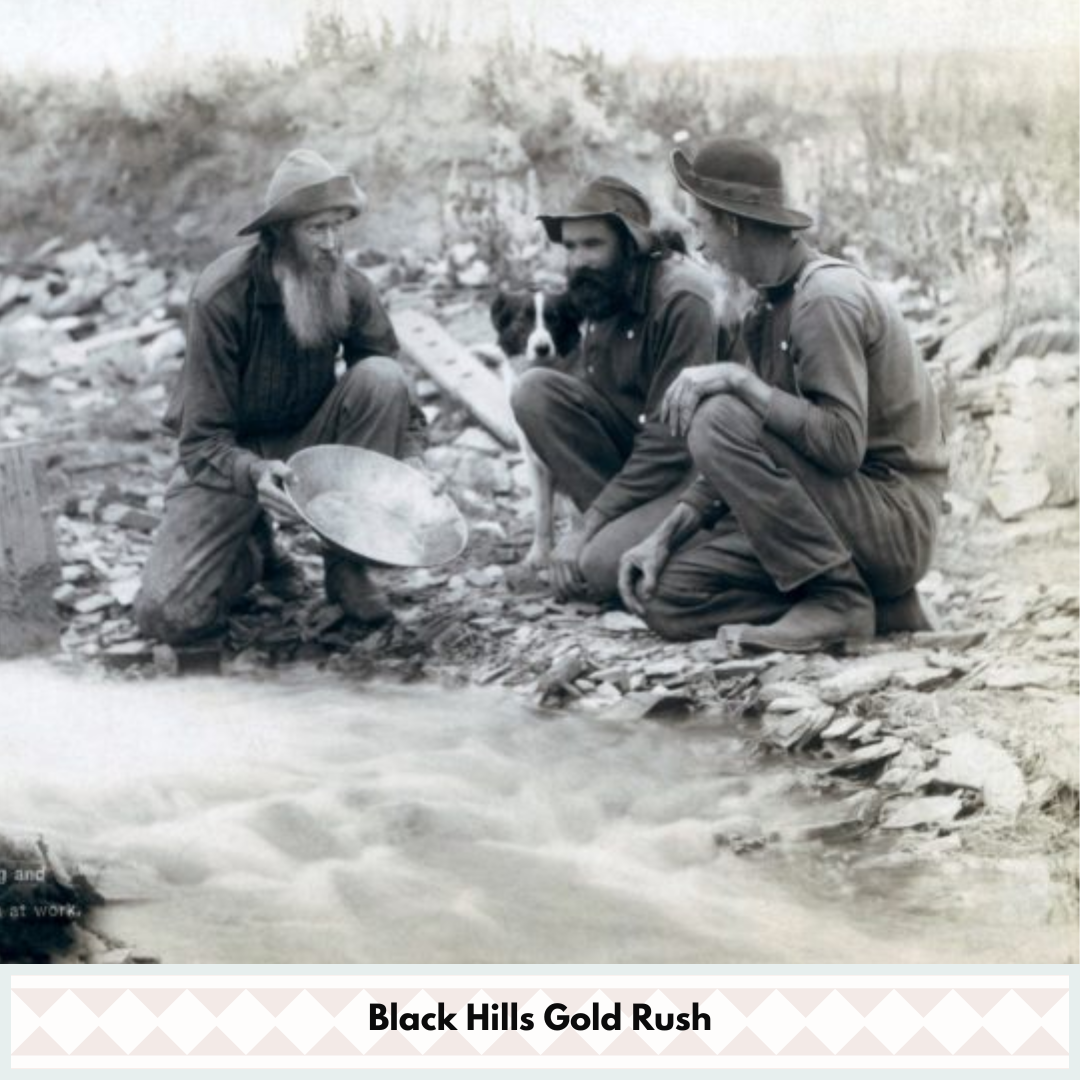
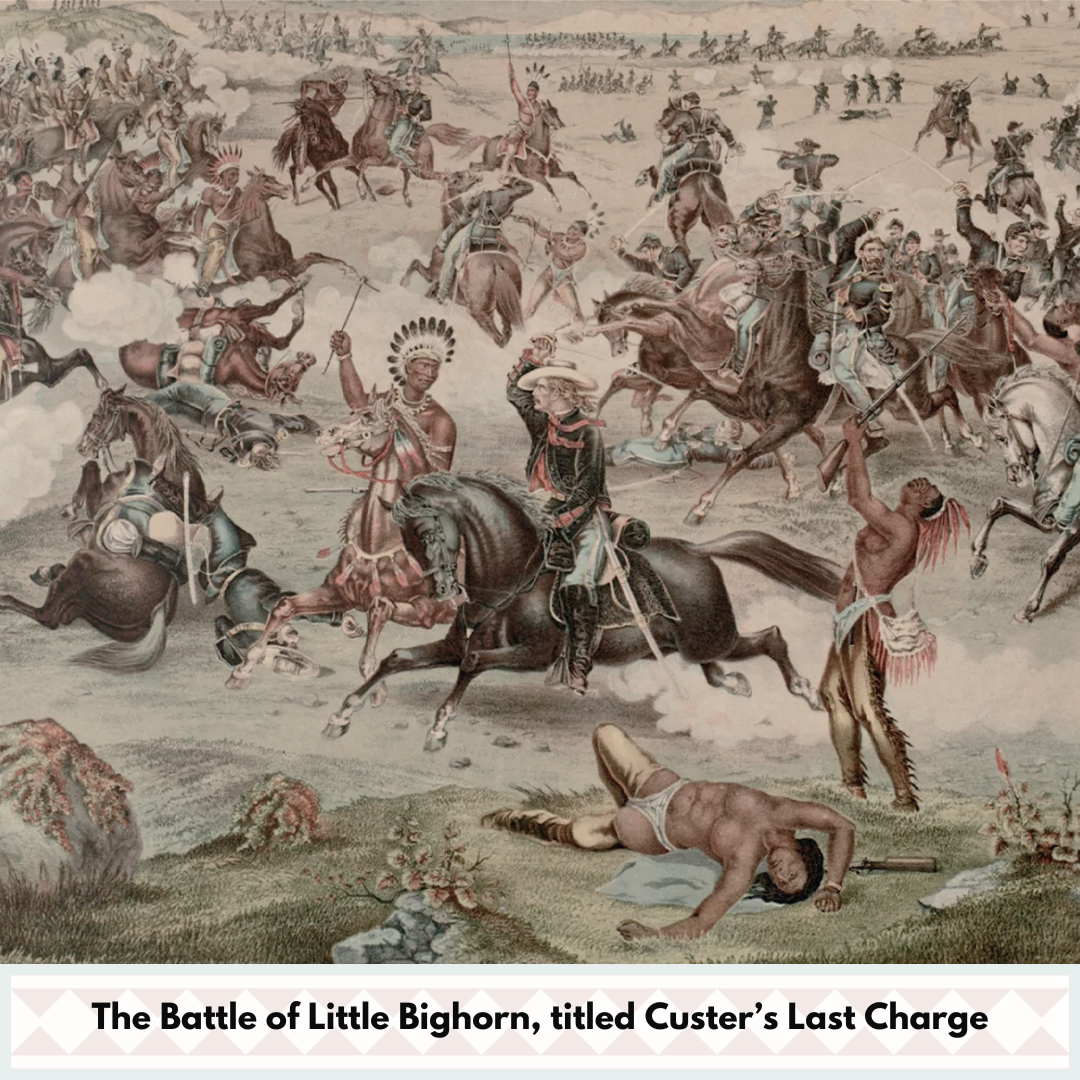
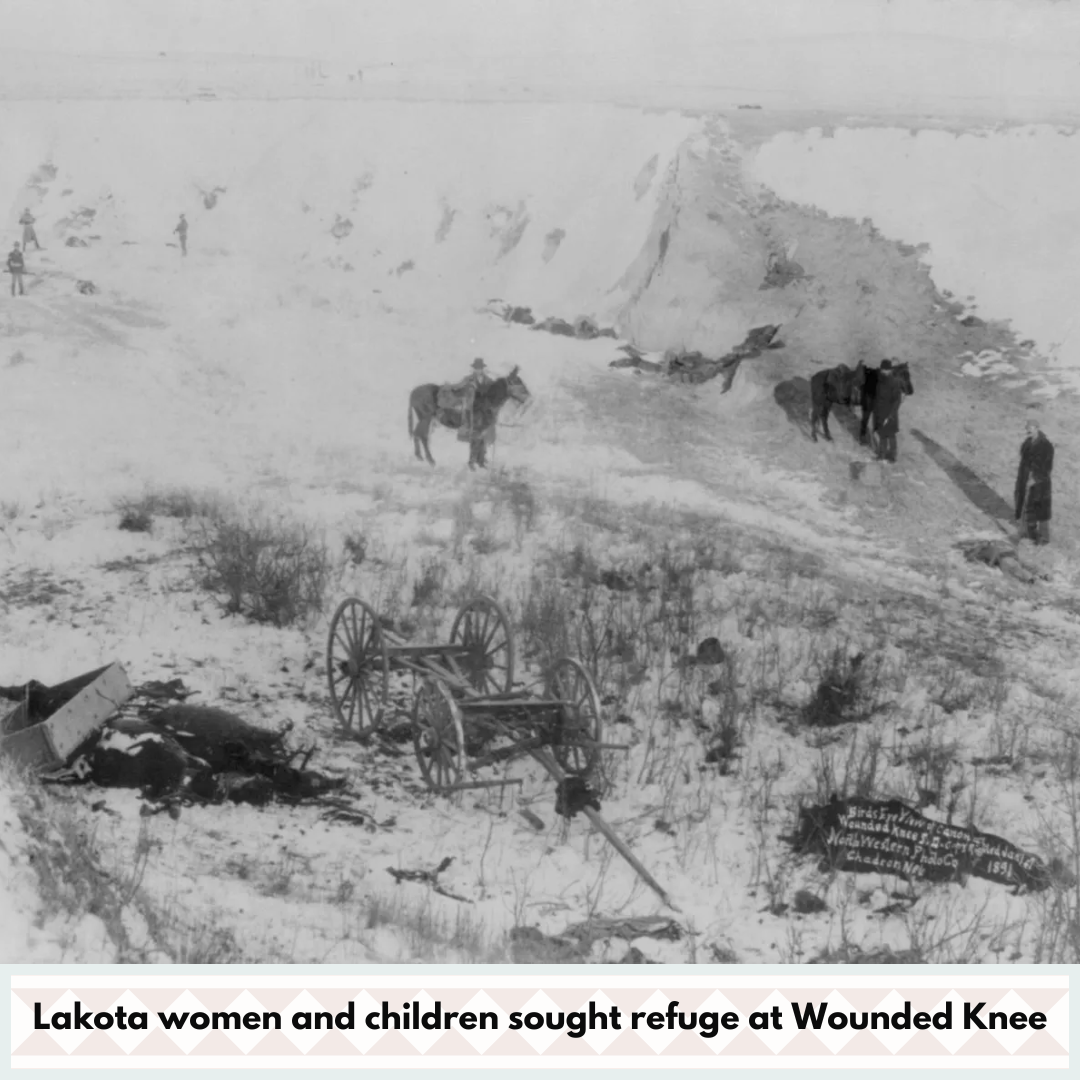
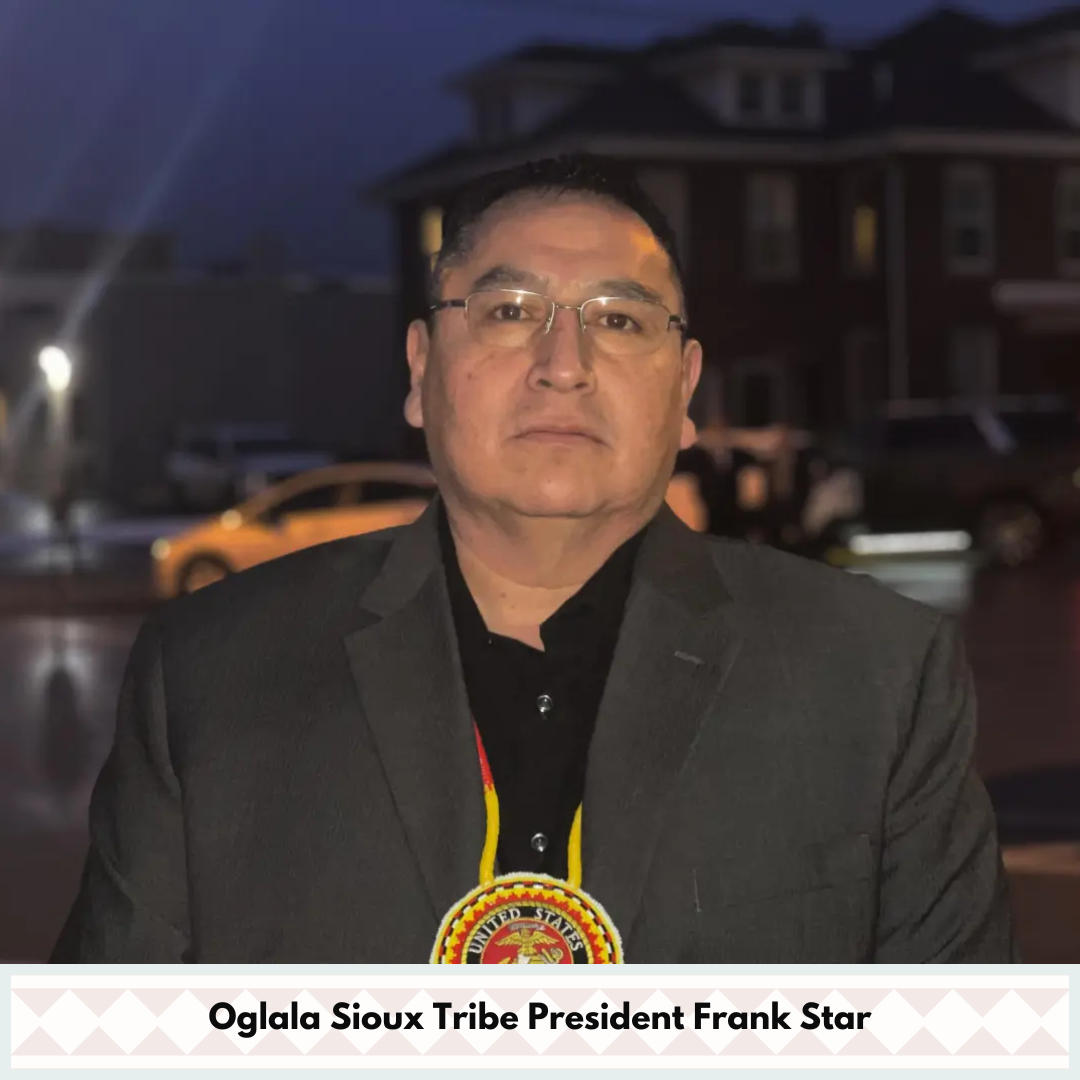
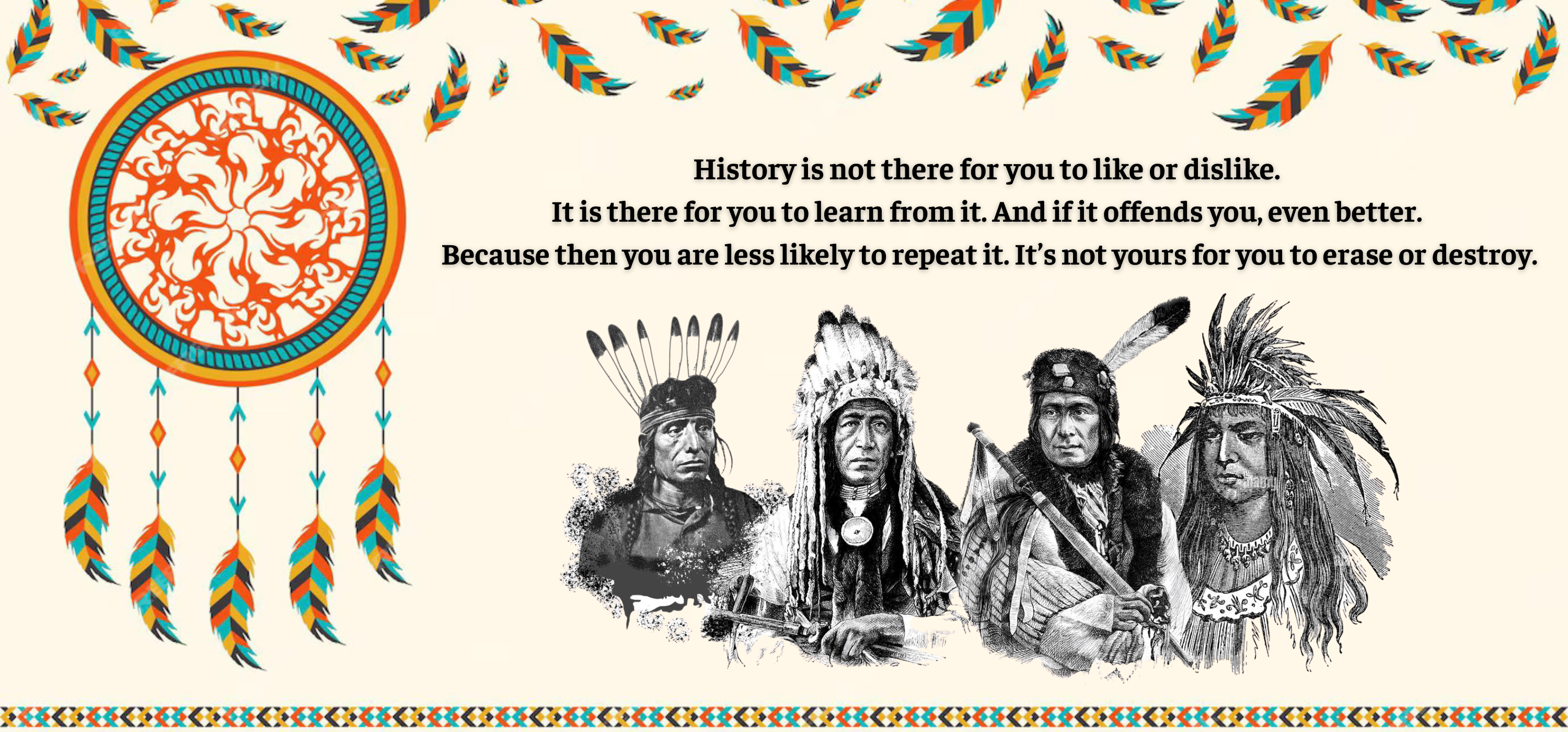
Book available on all devices!
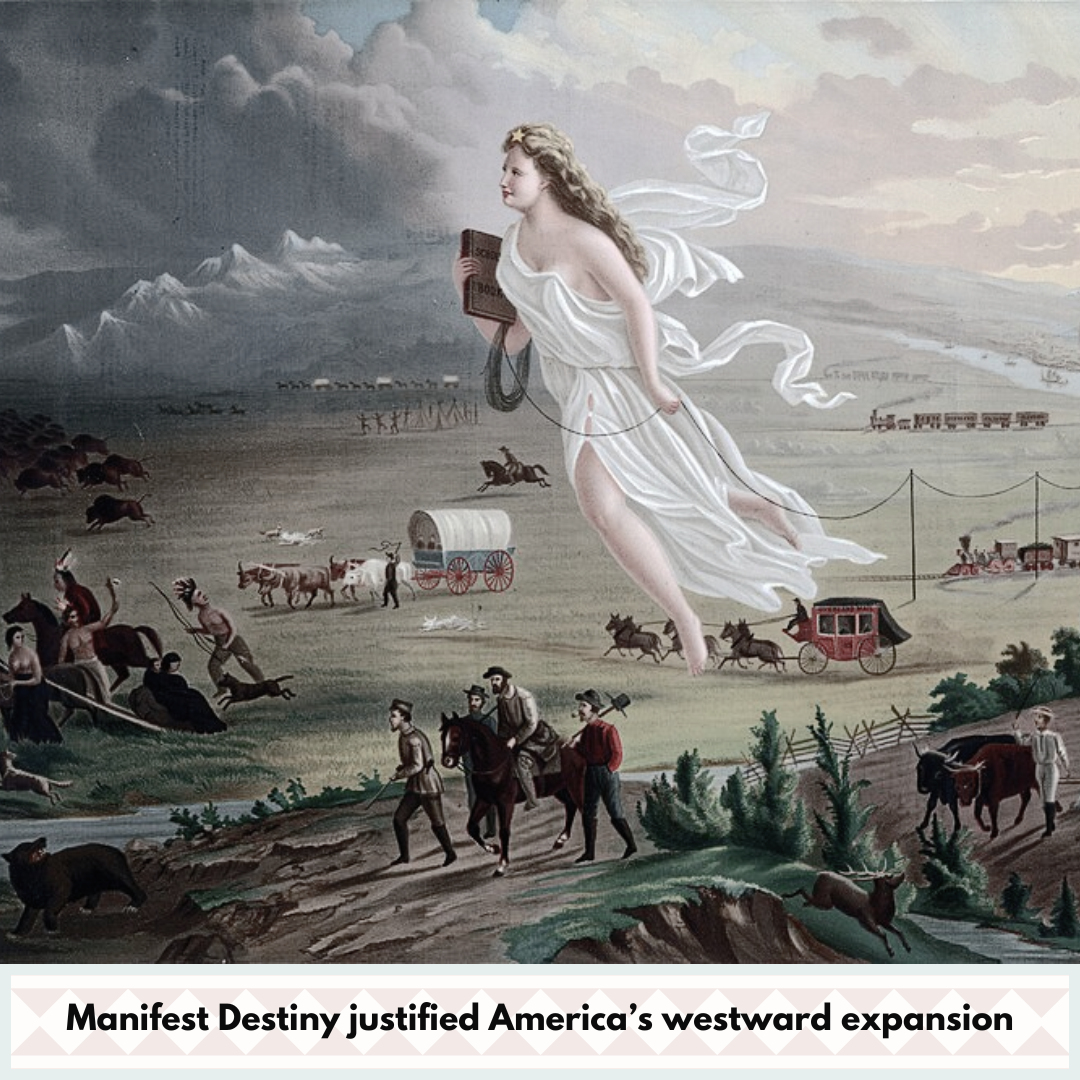
A Stolen Dream and the Expansion of White Settlers
By the mid-19th century, waves of white settlers pushed westward, bringing promises of land and opportunity. However, for Native American tribes, this expansion marked the beginning of a tragic era. Tribes like the Cheyenne, Sioux, and Apache soon realized that the arrival of settlers meant the loss of their sacred lands and way of life.
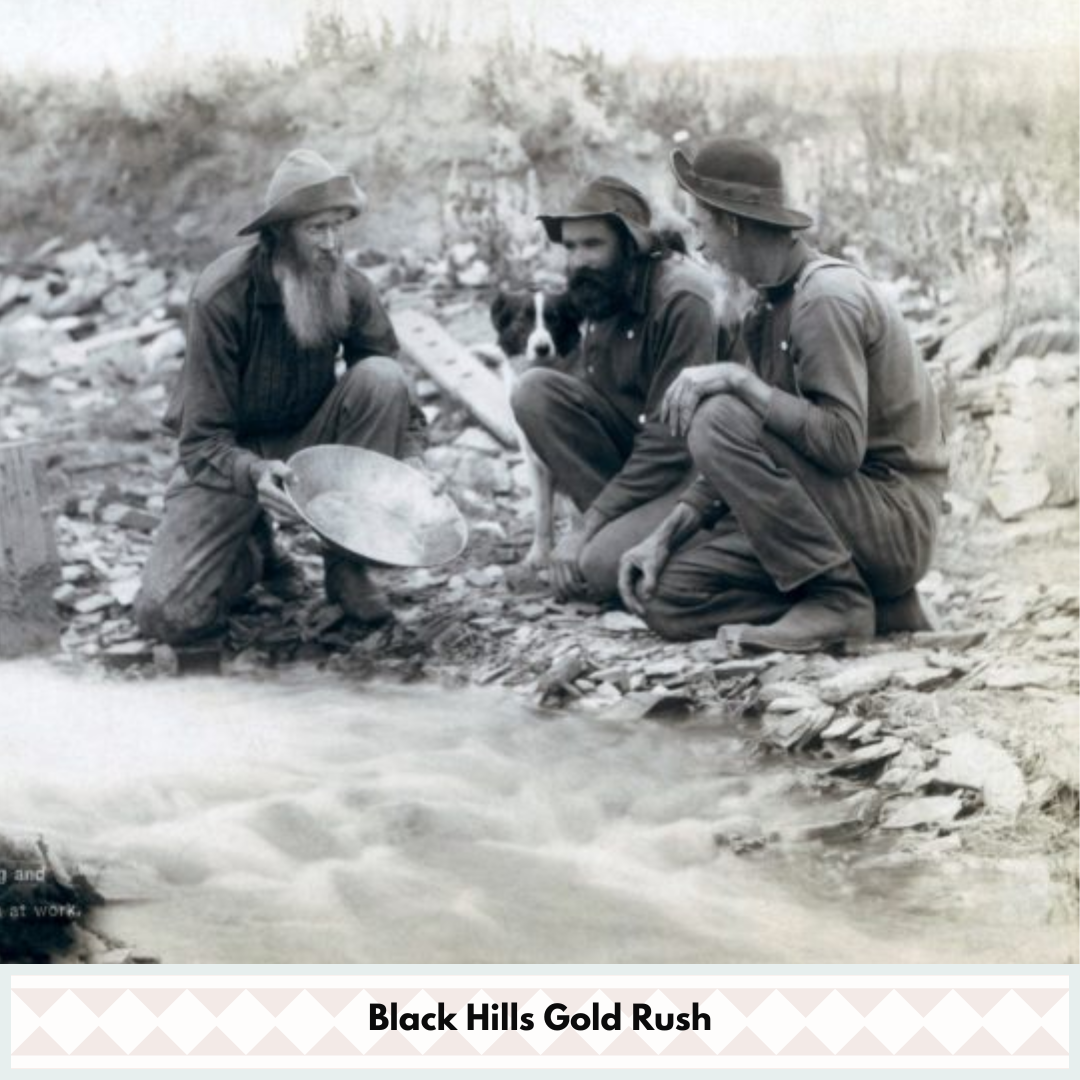
Broken Treaties and Promises Never Kept
As tensions rose, the U.S. government proposed numerous treaties to maintain peace. Yet, the discovery of valuable resources—such as gold in the Black Hills—led to these agreements being swiftly broken. Native Americans, who initially trusted Washington’s promises, began to understand that peace was merely an illusion.
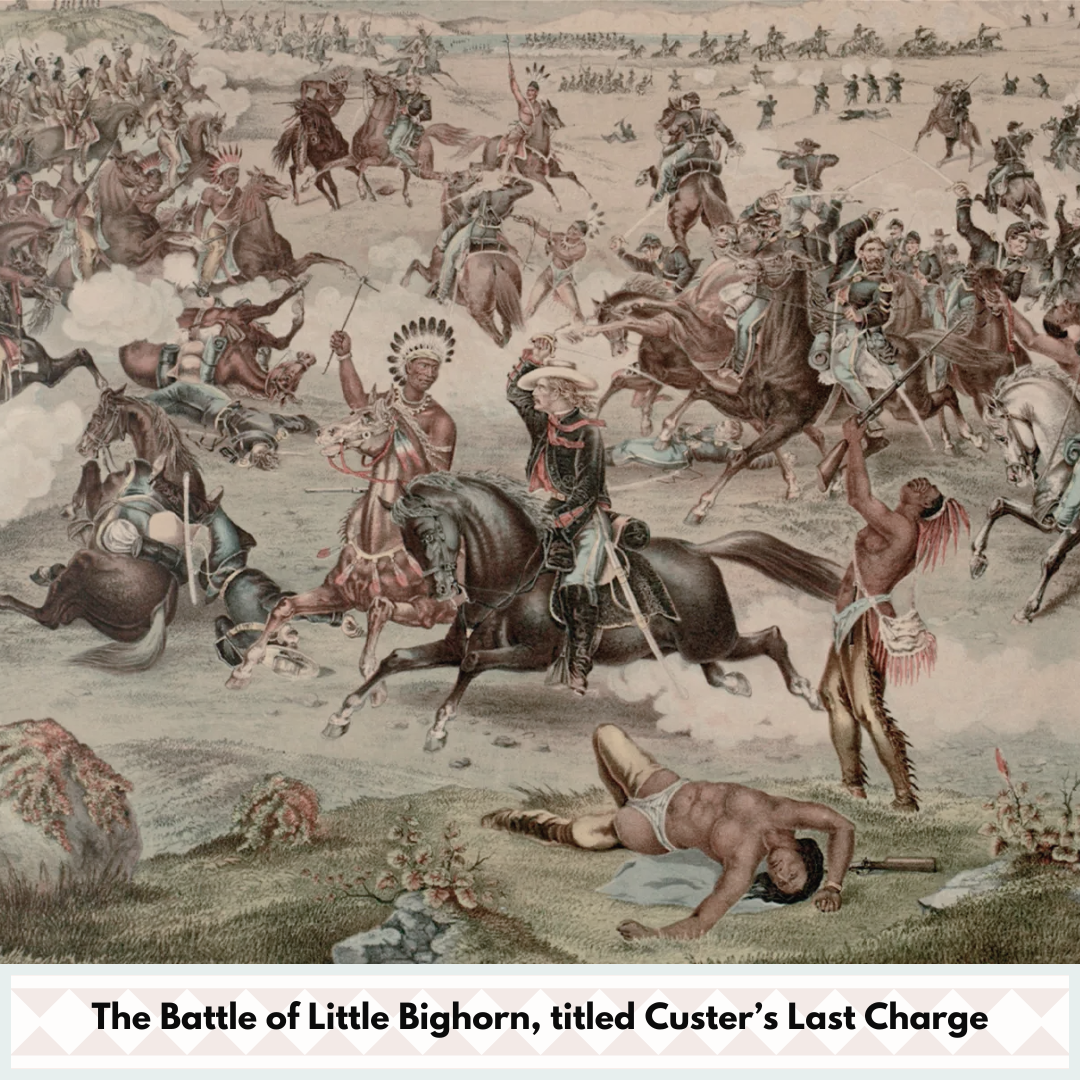
Heroes of Resistance and the Battles of Native Leaders
Faced with betrayal, leaders like Sitting Bull, Crazy Horse, and Geronimo took up arms to defend their homeland. Battles like Little Bighorn in 1876, where General Custer was defeated, briefly ignited hope. But as the U.S. military grew stronger, one stronghold after another fell, pushing the Native resistance closer to collapse.
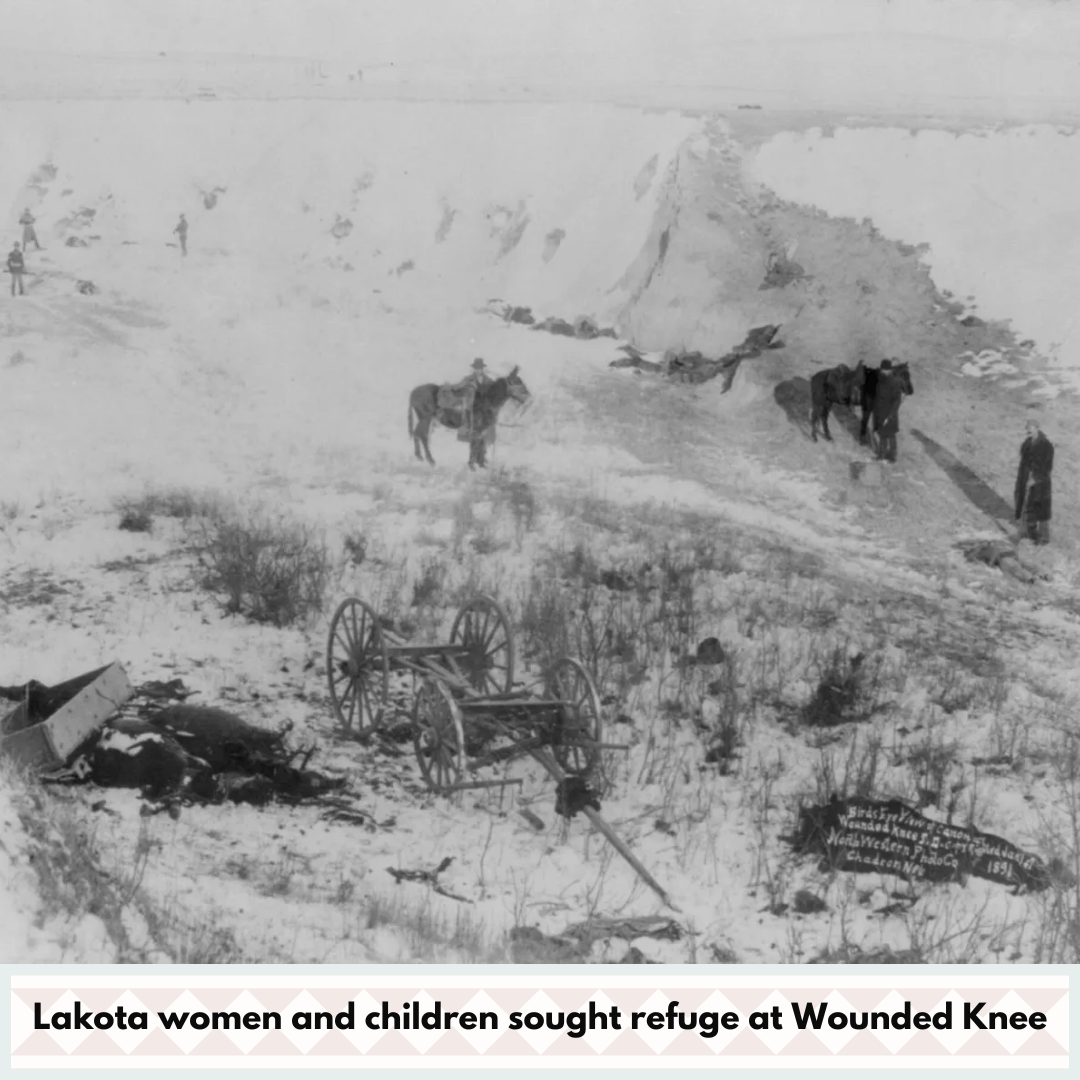
A Bitter Defeat on the Road to Wounded Knee
After decades of war, exhausted by starvation and relentless pursuit, many tribes were forced to surrender and live on reservations. But even in their final days, they faced cruelty. In 1890, the Wounded Knee Massacre occurred—hundreds of Sioux men, women, and children were slaughtered by U.S. soldiers. This marked the tragic end of Native resistance.
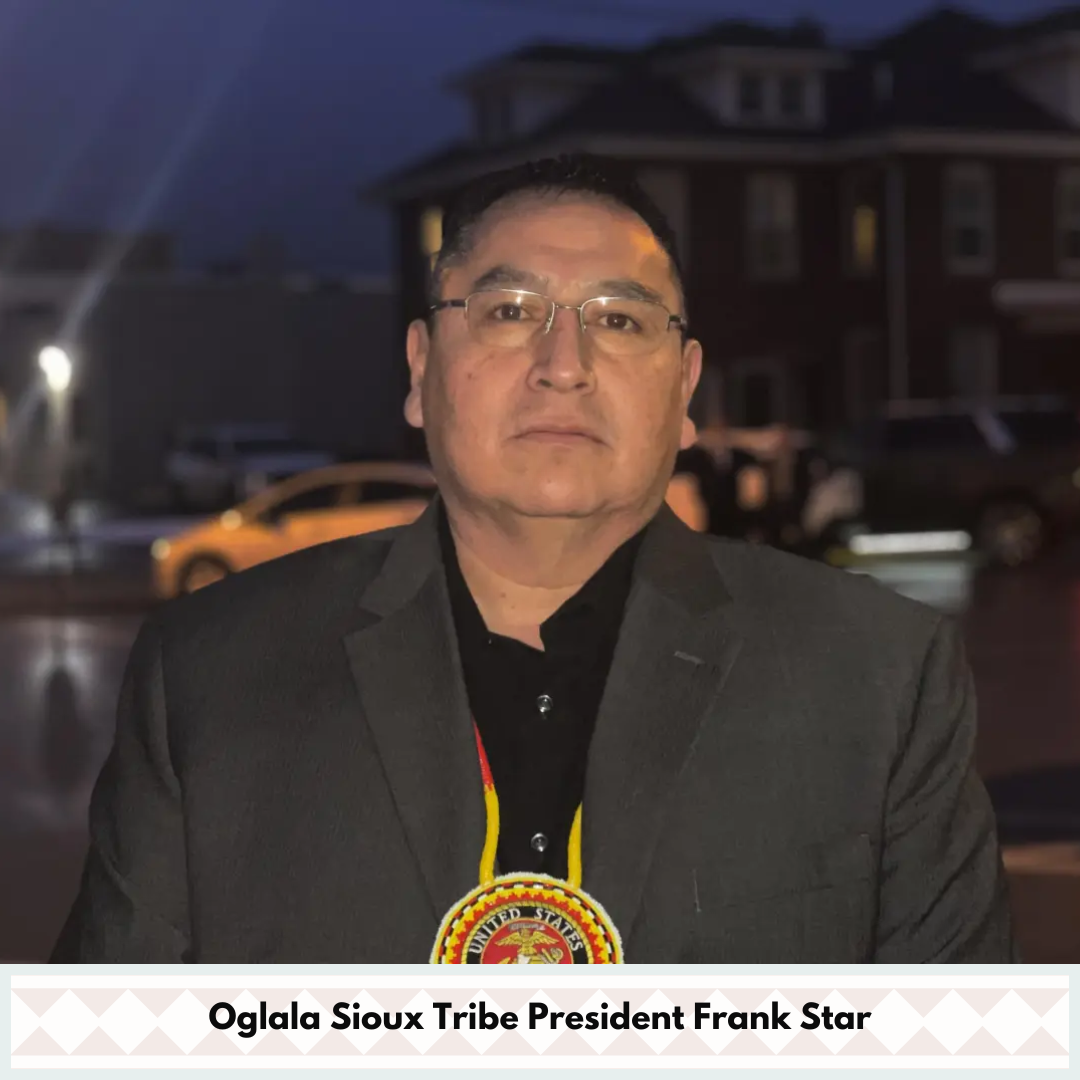
A Painful Legacy That Will Not Be Forgotten
After Wounded Knee, Native Americans no longer had the strength to resist U.S. domination. However, their story did not vanish. Thanks to works like Bury My Heart at Wounded Knee, the world today understands the suffering and injustice they endured. History can be distorted, but the memory of those who fell will never fade.
-

What the US Volunteer Calvary did here in 1864
-

Little Bighorn Battlefield in Crow Agency Montana
-

Somber morning to visit Wounded Knee Massacre site and cemetery
Frequently Asked Questions
What are the most significant historical events covered in the book?
The book focuses on historical events from 1860 to 1890, with the most significant being the Wounded Knee Massacre in 1890, where over 300 unarmed Lakota (Sioux) people were killed by the U.S. Army. Other notable events include:
- The Sand Creek Massacre (1864), involving the Cheyenne and Arapaho tribes.
- The Apache wars, highlighting Geronimo’s resistance.
- The Battle of Little Bighorn (1876), where a coalition of Lakota, Cheyenne, and Arapaho warriors defeated General Custer's forces.
What makes this book different from other historical accounts of the American West?
Unlike many American history books that predominantly present the settlers' and the U.S. government's perspectives, "Bury My Heart at Wounded Knee" is told from the Native American viewpoint. Dee Brown uses historical documents, treaties, and first-hand accounts to illustrate the betrayal, suffering, and resilience of Native American tribes. This approach creates a powerful sense of empathy and challenges the glorified narrative of westward expansion.
What is the main message of the book?
The main message of the book is to condemn the injustice and brutality faced by Native American tribes during the westward expansion of the United States. It aims to honor the courage and endurance of Native peoples, showing that American history is not only a story of progress and freedom but also a tragedy of oppression and cultural genocide against those who had lived on the land for centuries.












